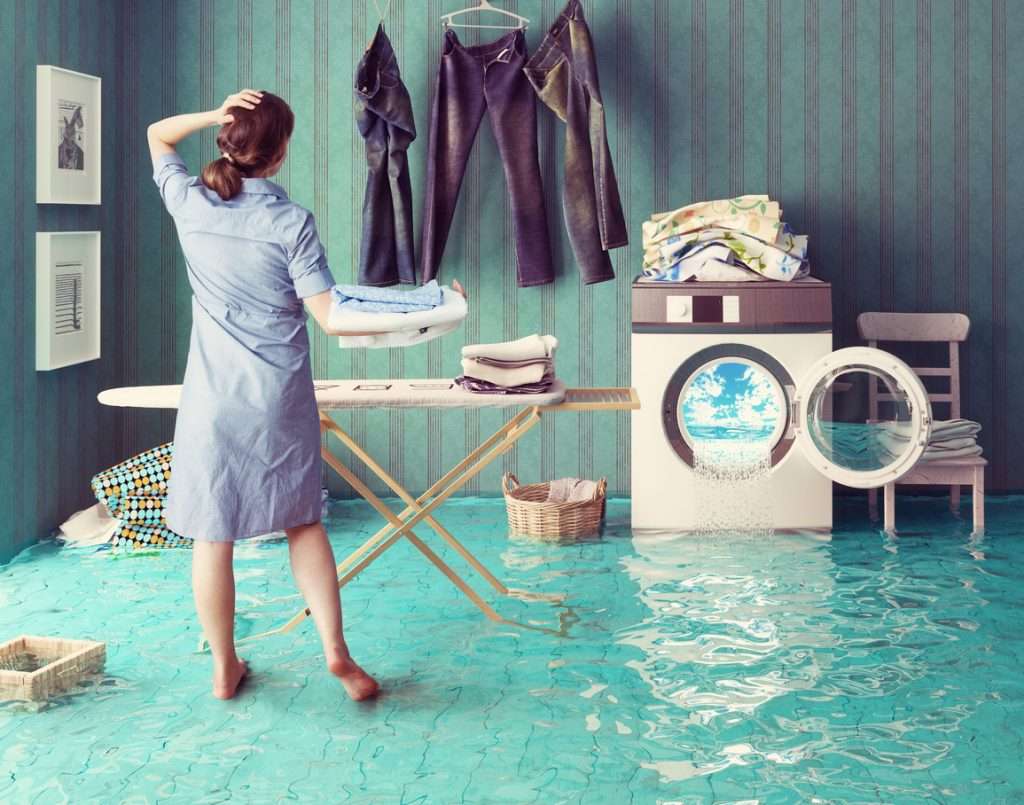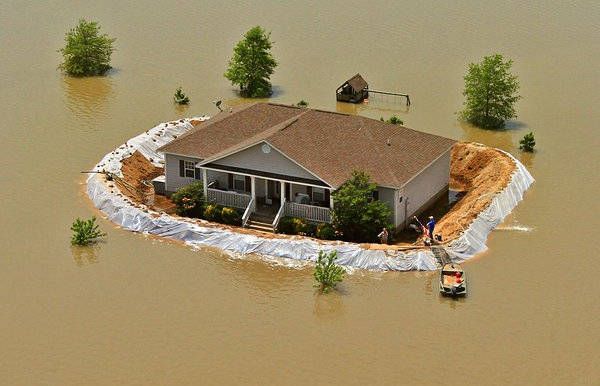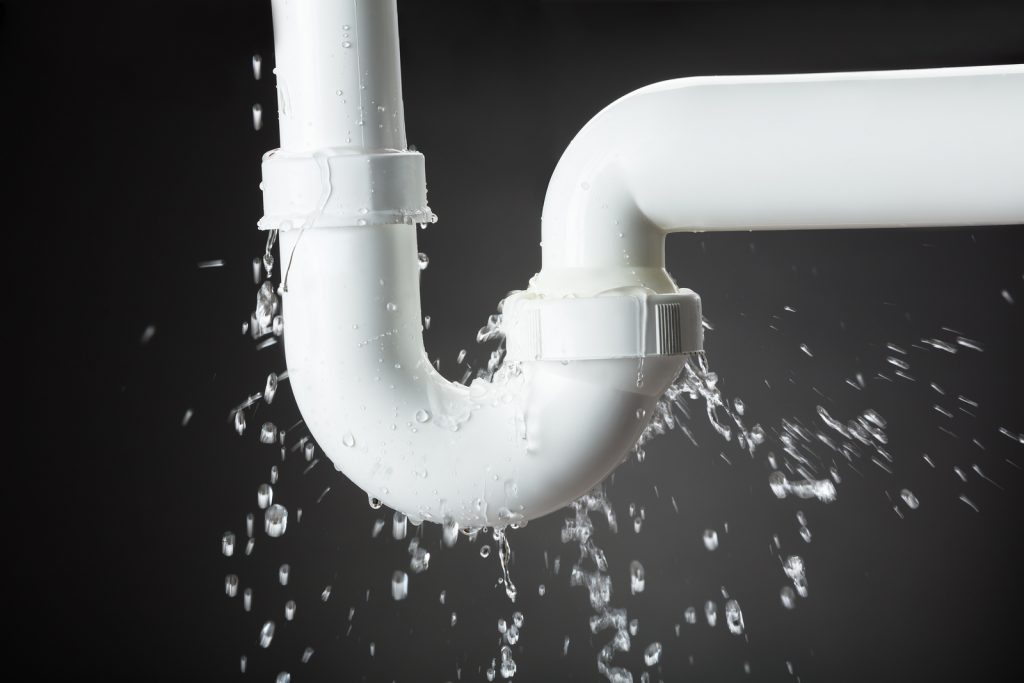If you’ve had a flood in your home, the countdown begins almost immediately so that you can avoid irreparable damage to your furniture and flooring. As a rule of thumb, you have about an hour to spring into action to avoid your bamboo, wooden or other flooring becoming saturated.
We’ve come together with some industry specialists to ensure you have a comprehensive guide on how to clean up a house flood. It’s essential to get to work quickly. Did you know that pesky mold can start growing within 24 hours?
How Did It Happen?
First of all, identify what caused the flood. It could be a very obvious natural disaster from heavy rains or a burst river bank or an internal leak from a ruptured or leaking water pipe. Understanding the cause will help you follow the procedures to protect your health and safety.
A Force Of Nature
Natural flooding can happen very quickly and recede within minutes. Once you’ve activated any flood defenses, turn off gas and electricity if the flood water has not affected the isolator switches. If in doubt, call your local utility suppliers. Wear comfortable clothes, protective gloves and long rubber boots to protect yourself from contaminated water. Where possible, move valuable, sentimental items and soft furnishings to a safe place above the level of the flood.
Internal Flooding
If you can find the source of the flooding, turn off the water supply. If the flood is coming from a neighbor’s house or apartment, inform them immediately so that they can take action and turn off the source. Turn off your gas and electricity supply.
Inform Your Insurance Company
As soon as you can, inform your buildings and contents insurance company. They will be able to guide you through their flood plan so that you can start cleaning up while following their protocols for an insurance claim.
- They will ask you to take photographs of your property and contents.
- Write a detailed inventory of your home contents.
- Take a reading of your electricity meter to claim the costs of running a commercial dryer if necessary.
- If you are a vulnerable citizen, ensure they know this, it might expedite your claim.
If there is extensive damage, your insurance company will likely employ a loss adjuster to assess the damage and the claim. The damage might mean you cannot stay in your home while repairs are underway. Your insurance company might organize temporary accommodation for you in rented accommodation or a hotel.
You can also have a flooring inspection to assess the damage.
Get To Work
If you have sitting water, removing it as quickly as possible before it causes severe damage to your floors and furniture is essential. The more hands on deck, the better.
The most important thing is to remain safe and take all necessary precautions.
Arm yourself with plastic jugs and a bucket to scoop up as much water as possible. Use a squeegee to remove small puddles of pooling water. Finally, use a mop to soak up the last of the water. A wet-dry vacuum cleaner can help remove up to 10 gallons of water a minute; be careful using electrical appliances.
Once you’ve removed most of the water, it’s time to start the drying process. If it’s nice and warm outside, open all your windows to help circulate fresh air into your home. Turn on as many fans and air conditioners as possible to dry out the ambient air. If you have a dehumidifier, it will also help remove any humidity. Water damage can start within an hour of a flood, and nasty molds can grow within 24 hours.
If the damage is extensive, consider hiring industrial-sized dehumidifier units to speed up the process. The professionals will be able to advise you on the equipment needed.
You might want to consider how you can reduce or recycle discarded flooring if the damage is extensive.
Types Of Flooring
Hardwood Floors
When the water is removed from the floors, hardwood floors are likely dirty and need a good clean. Use a floor cleaner like Bam-Brite® to get your floors spick-and-span again. Remember that hardwood and bamboo flooring can be susceptible to moisture, and the planks might swell and buckle. You can follow the recommended guidelines about cleaning hardwood or bamboo flooring for the best chance of recovery after a house flood.
Carpet
Carpets become quickly saturated with water and can attract rapid mold growth. If necessary, pull up carpets to dry and sanitize them with a disinfectant spray. Use a wet-dry vacuum to soak up as much water as possible, or hire a local professional carpet cleaner for a deep clean. If internal carpets and underlay have soaked up water, they will likely need replacing.
Laminate, Vinyl, And Linoleum Floors
Laminate, vinyl and linoleum flooring can trap water after a flood, causing water damage to the subfloor. Remove the flooring and allow the subfloor to dry out completely. If you are lucky, you can apply the original flooring. If there was damage, you should consider replacing them with the same or bamboo flooring.
Tiled Floors
Well-laid tiled floors are usually water-resistant, so cleaning is relatively simple. After removing the floodwater, clean the floors with soapy water, and rinse and dry-mop the floors to ensure the floors are dry. Pull up one or two tiles to check the subfloor for water damage.
How To Prevent Mold
The key to preventing mold is to dry the flooded floors quickly. Dry the floors with fresh air, air conditioners, fans, wet-dry vacuums, and dehumidifiers. Sanitize the floors with one cup of bleach mixed with a gallon of water to prevent the appearance of mold. Ensure you check the subfloors, which are the perfect environment for mold growth.
How To Remove Mold
Mold is dangerous, and you can quickly end up with spores in the air if you attempt to clean it yourself. Employing a mold specialist to do a deep clean for you is prudent. If you decide to do it yourself, protect your mouth and airway with at least an N95-rated mask while scrubbing the floor with bleach. Allow the bleach to sit for at least 15 minutes before rinsing and drying with a wet-dry vacuum.
Sanitize The Floors
Standing water can contain many contaminants, so sanitizing the floors with a bleach solution is essential. Allow the solution to air-dry naturally. Once completely dry, you can use Bam-Brite®, an apple-scented eco-friendly hardwood floor cleaner, to bring the scent of nature back into your home. Simply spray and mop away.
What To Do If Your House Flood Clean-Up Is Unsuccessful
If the floodwater sits for several hours and is contaminated or attracts mold, you might need to replace the flooring. Consult your insurance company and a flooring professional to discuss your options.
Prevention Is Better Than Cure
There are various tips and tricks to prevent your home from flooding. You can read ‘Flooding Damage To Your Home – 8 Tips To Prevent It’ for some useful preventative information.

About the Author
Jen is your go-to guru for crafting a cozy, green cocoon. 🪴 Her dive into sustainable building wasn’t just about saving the planet—it started as a mission to make family movie nights eco-friendly (and to ensure the popcorn was the only thing getting heated!). With a knack for breaking down the jargon, Jen turns eco-lingo into everyday language. Swing by the Green Living blog for a mix of earth-loving advice and home improvement hacks. Whether you’re just dipping your toes into green waters or you’ve been swimming in the deep end of DIY projects, Jen’s here to guide, giggle, and remind you that every eco-choice is a step towards a planet that thanks you… and maybe even sends a rainbow your way! 🌈



